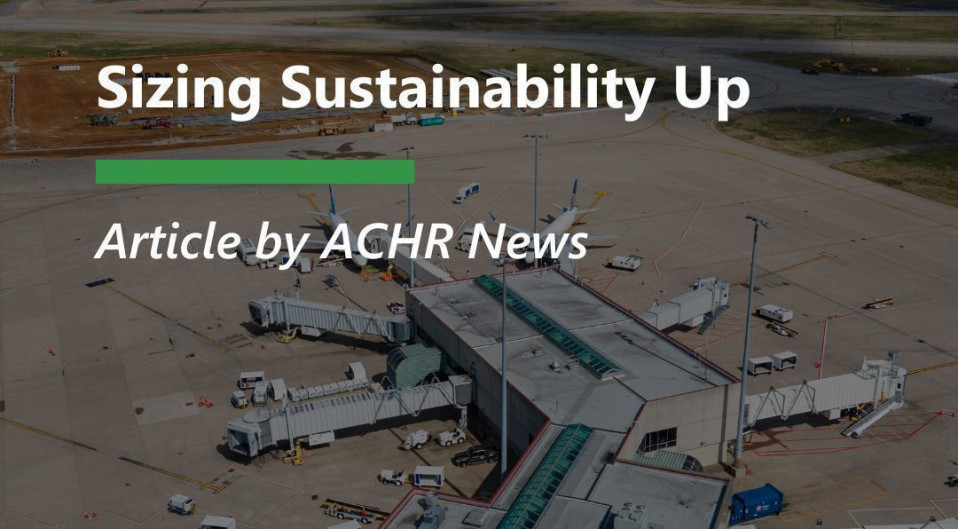Article by Matt Jachman, ACHR News
A goal of cutting energy consumption by 45% is driving a $400 million renovation of the Muhammad Ali International Airport — named for the boxing legend, a hometown hero — in Louisville, Kentucky.
The project includes an ongoing $21 million ground-source geothermal project, which will provide heating and cooling for the 400,000-square-foot Jerry E. Abramson Terminal, the airport’s main building. The system has 648 wells, each of them 500 feet deep, and is the largest geothermal field at any U.S. airport. The airport received a $10 million grant from the Federal Aviation Administration to help pay for the work.
The Abramson Terminal is about 30 years old and is currently heated and cooled with more traditional equipment, including a 1,200-ton water-chiller system and three natural gas-fired boilers. The new system will pump water from the geothermal wells to WaterFurnace single- and multizone water-source heat pumps, located in mechanical rooms, to provide heating and cooling throughout the terminal, said Dave Mayer, a partner at CMTA, the contracting and consulting engineering firm overseeing the project.
The system will also include a 200-ton heat recovery chiller, Mayer said.
According to CMTA, the system will reduce carbon emissions by an estimated 80% and save $400,000 yearly in heating and cooling costs. The system is estimated to reduce the building’s energy usage intensity (EUI) from 217 to 120.
The well field, the company said, is sized for a future terminal expansion of 100,000 square feet.
Mayer said the airport’s growth presented a challenge — the need to move a cooling tower tied to the existing HVAC system — that ultimately led to the decision to go geothermal.
"This challenge gave us the idea to look at other options, and the geothermal option looked very promising," Mayer said. "It would provide the airport with room for future expansion, resiliency, and redundancy."
More challenges, Mayer said, were posed by the distance between the existing HVAC plant and the proposed well field.
"The airport helped guide us through these logistical challenges with their knowledge of airfield operations," he said.
The well field was drilled and installed by Chesapeake Geosystems Inc.
The airport’s efficiency measures will also include generators to provide backup electricity to the terminal, garage, and administration building in case of power failures, plus battery storage capabilities that will allow the airport to take advantage of lower-priced electricity during off-peak times and save an estimated $93,000 a year, Mayer said.
